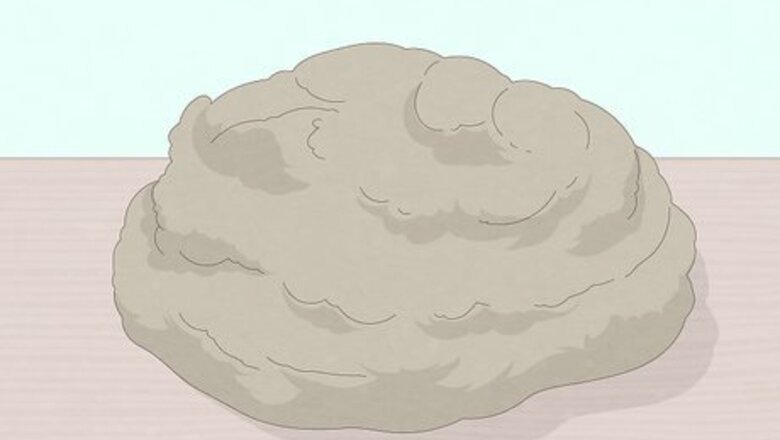
views
Steps
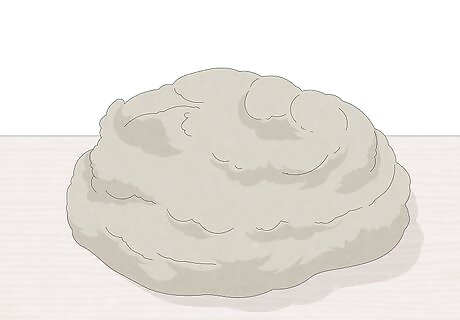
Begin with good clay, such as that designed for sculpting and that has small- and large-sized grog (fired and ground up clay).
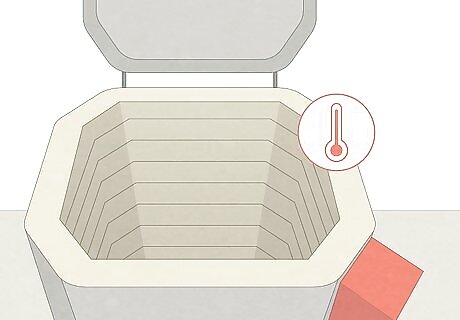
Check the temperature at which you will fire the clay.
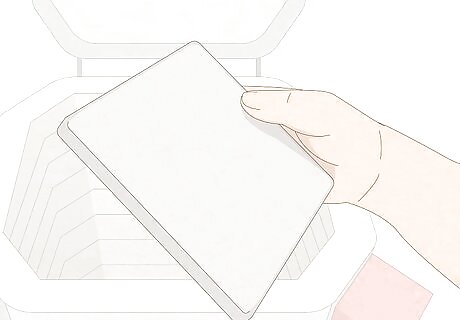
Ensure that the clay you use will mature at that temperature.
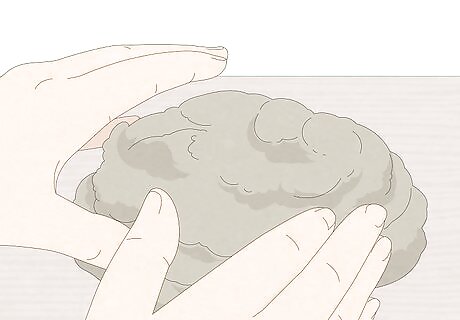
Work the clay when it is fairly dry.

Ensure that your clay tiles are at least 1/2-inch (1.3 cm) thick.
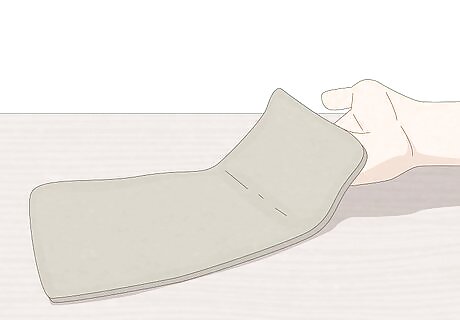
Roll a slab of clay onto a hard working surface from which your clay can be easily removed.
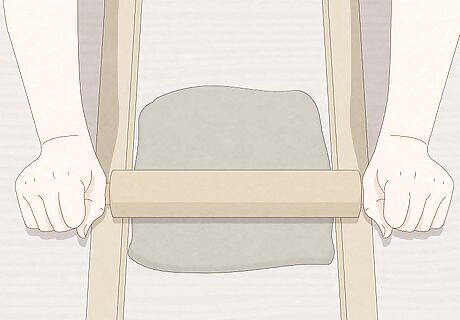
Use a slab roller to flatten the clay.
Using a Wheel
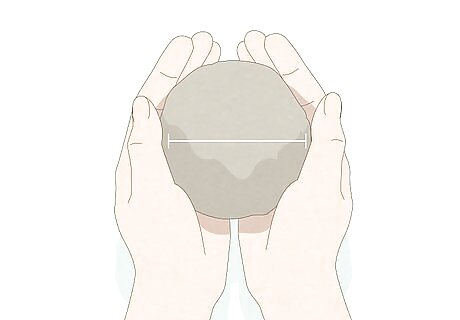
Calculate the diameter of a ball of clay that is needed to reach your tile's size, including shrinkage.
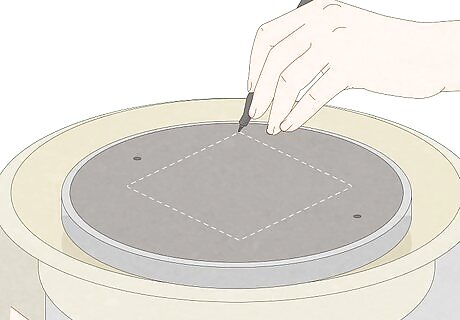
Use a magic marker to mark that size on your bat.
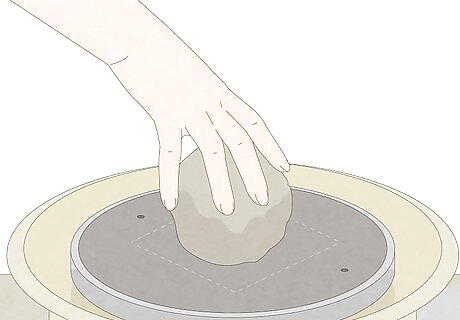
Throw to the mark.
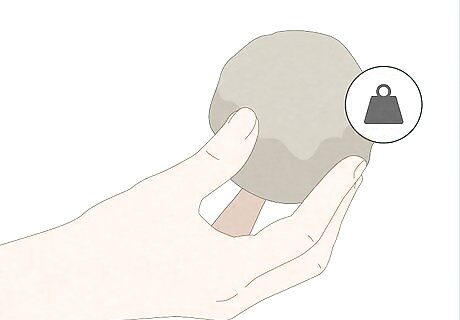
Determine the weight of the clay ball that ended up to be the correct dimensions of your tile and use that weight for the rest of the clay.
Using a Press

Construct a bottomless wood frame.
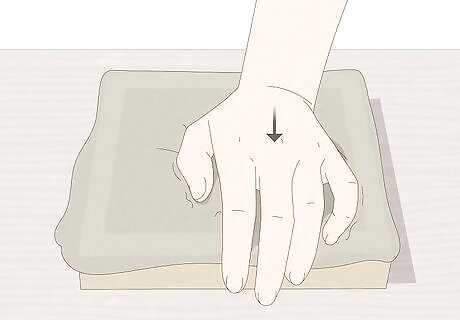
Pound the clay into the frame.
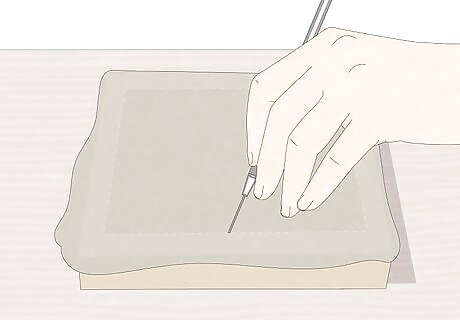
Cut off the excess clay.
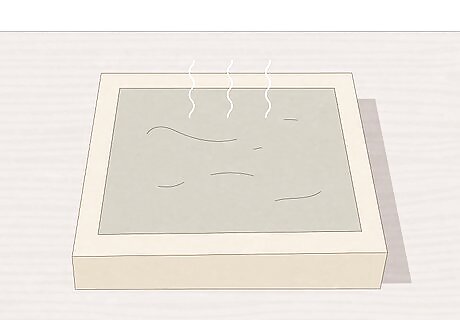
Allow the clay to dry slightly or use a spray lubricant to avoid having it stick to the wooden frame.
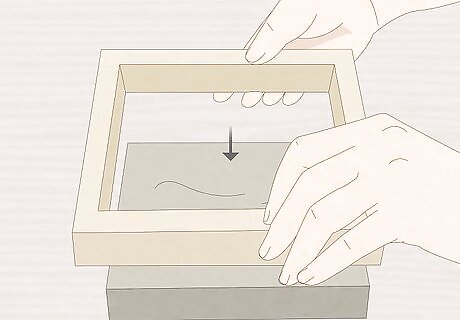
Push the clay out of the frame's bottom using a strong material the same size as the clay.
Forming Tiles Directly From a Block of Clay
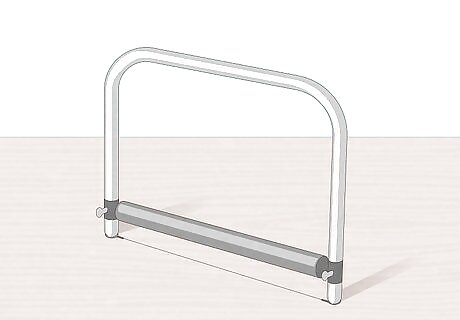
Purchase a clay-cutting device, which is similar to a cheese slicer, or make your own.

Ensure that the device is at the specific thickness for your tile specifications.
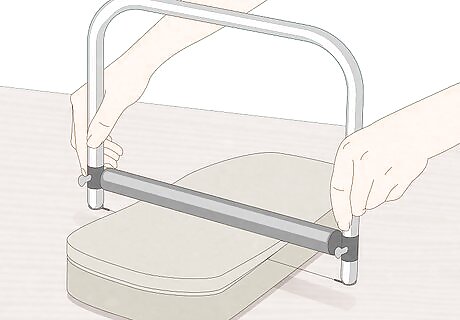
Put the device wire evenly through the block of plugged clay (ground clay that is kneaded with water and becomes more elasticized) to slice off tile pieces.
Cutting the Tiles

Make a metal or wooden template.
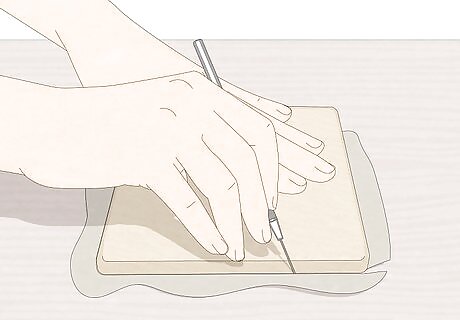
Cut the tiles out after the clay has dried to a leathery consistency.
Drying
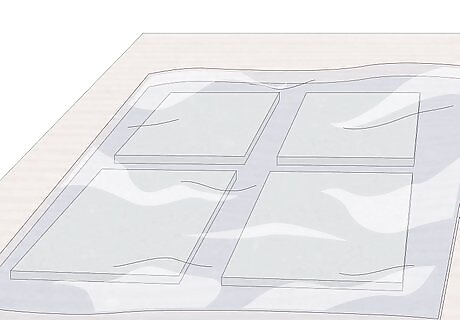
Cover the tiles with plastic.

Place the tiles between two pieces of sheetrock, plywood or fire-proofing board to help draw out the moisture or dry the tiles on a wire rack or plastic grids.
Firing
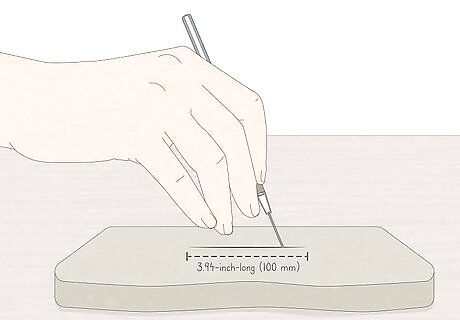
Incise a slab of clay with a 3.94-inch-long (100 mm) line.
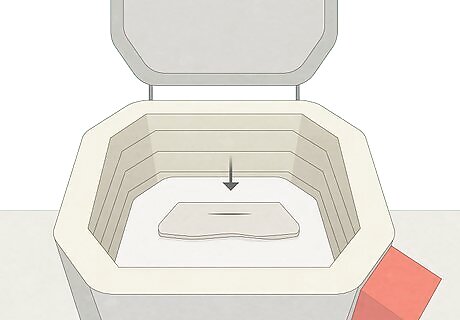
Fire the slab at the appropriate temperature.
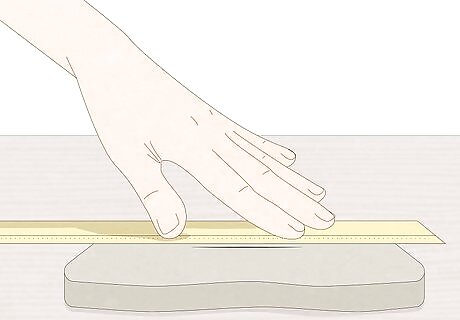
Measure the line after firing to determine shrinkage rate.
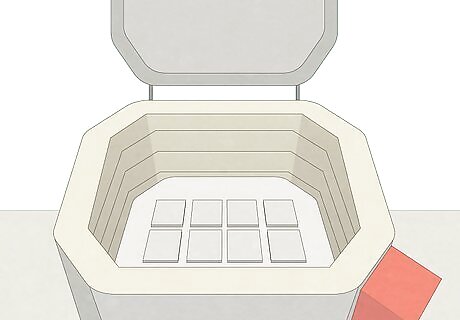
Stack your tiles atop each other or place the tiles in a tile setter for bisque firing or place tiles on a flat surface for glaze firing. If you are loading a bisque firing, put the pieces of the same size together for the first firing. You should expose those pieces to at least one section of heating elements in the kiln. If they are not exposed evenly to the rows of heating elements, they might not mature to the same temperature. You can vary their placement. Stack smaller pieces, bottom to bottom or rim to rim. You can also put very tiny, lightweight pieces inside other pieces to save on space.
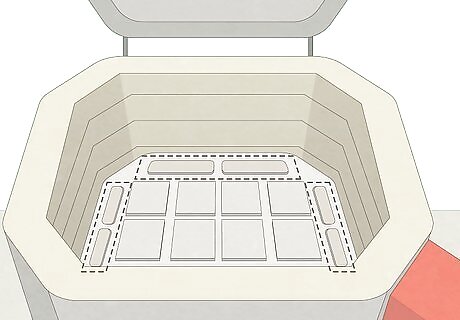
Create a moat to protect your tiles and ensure even firing using bars of clay.




















Comments
0 comment